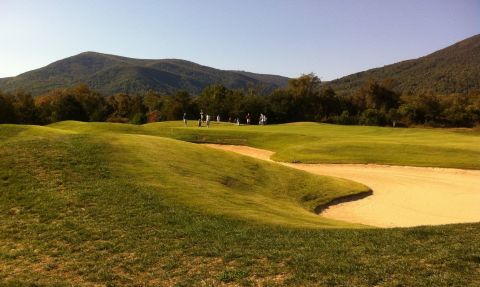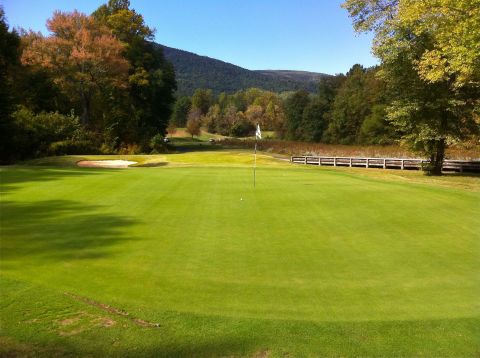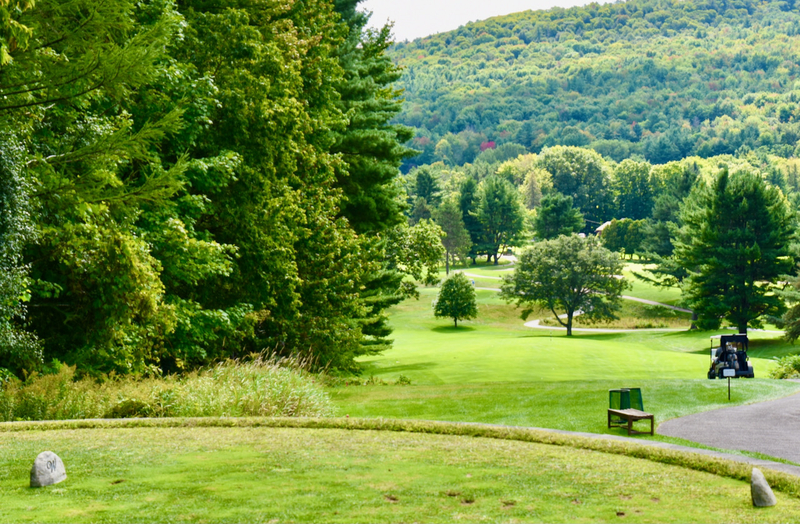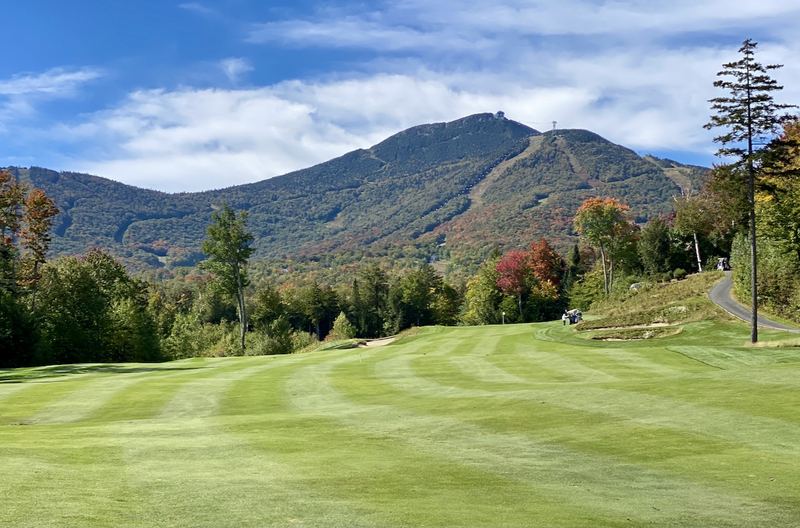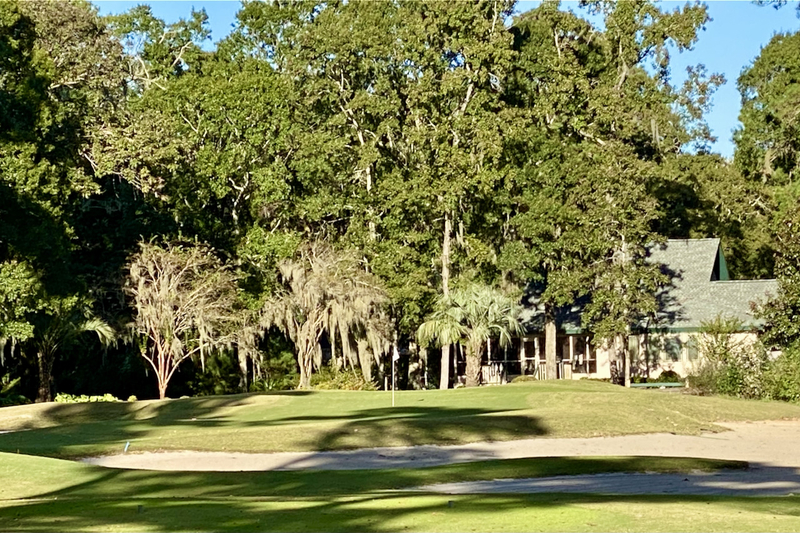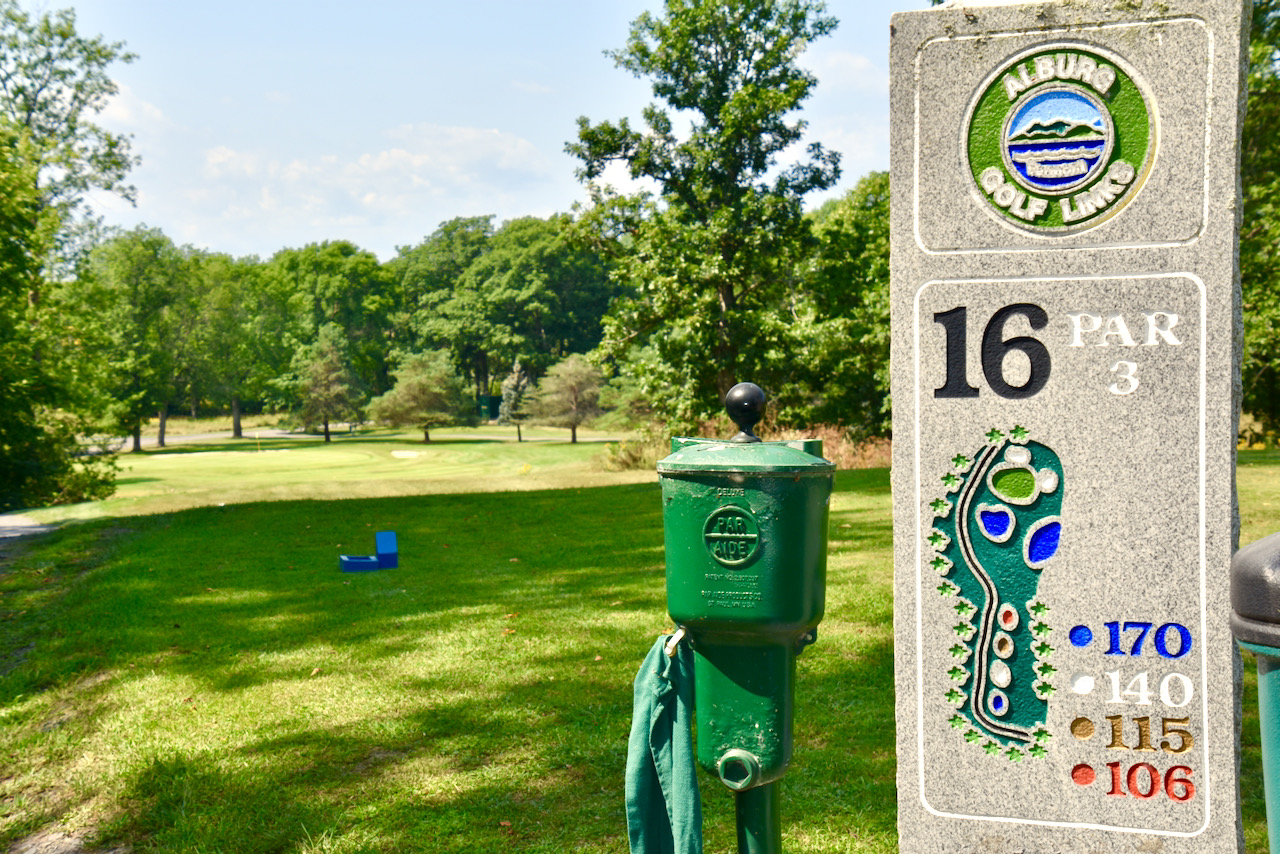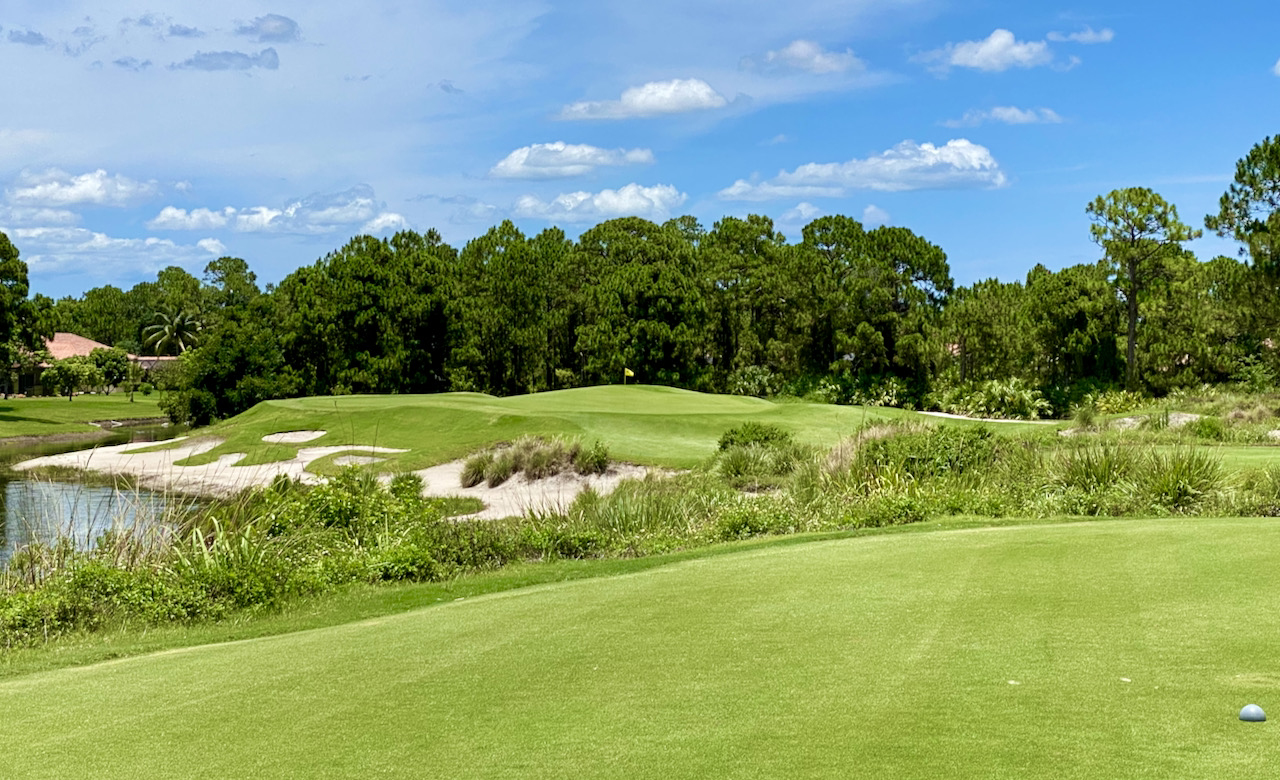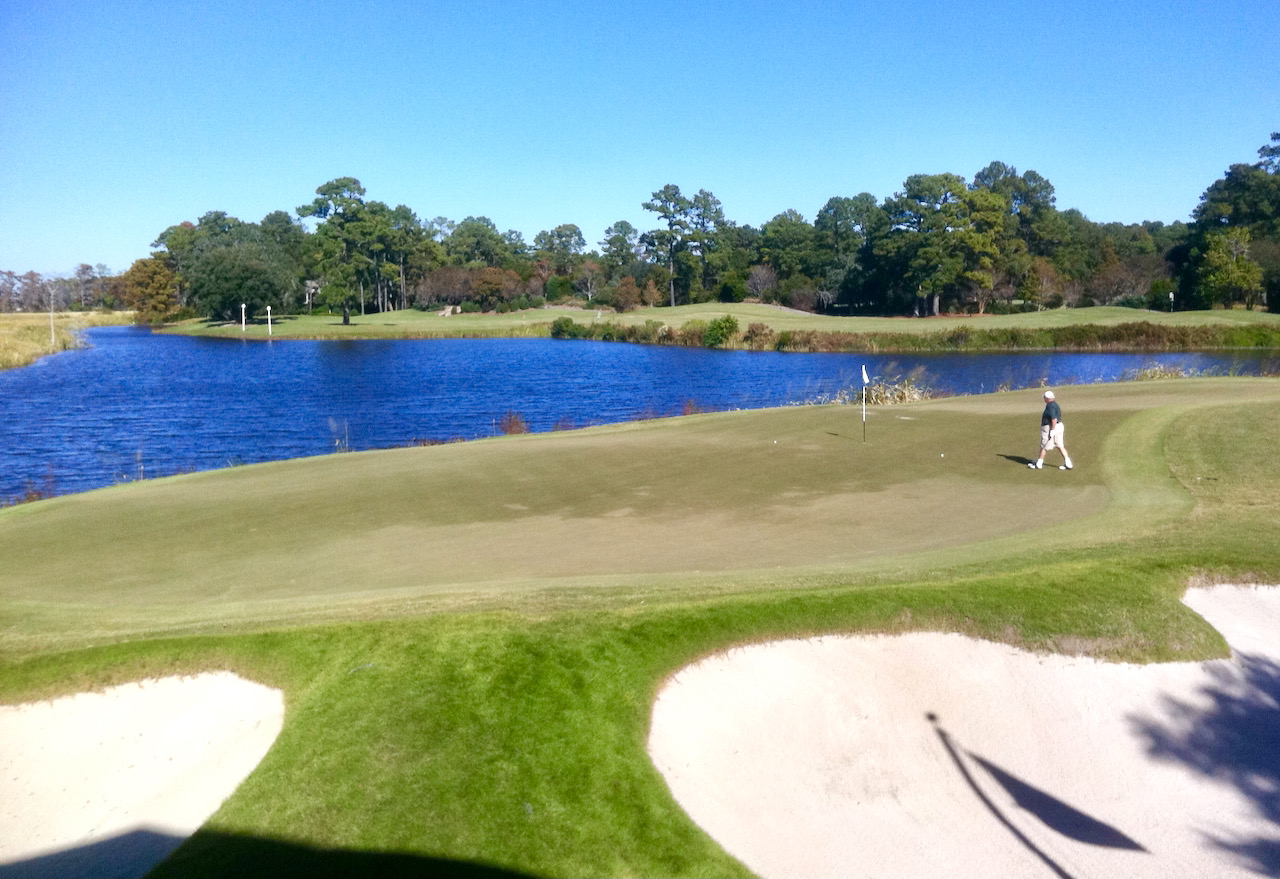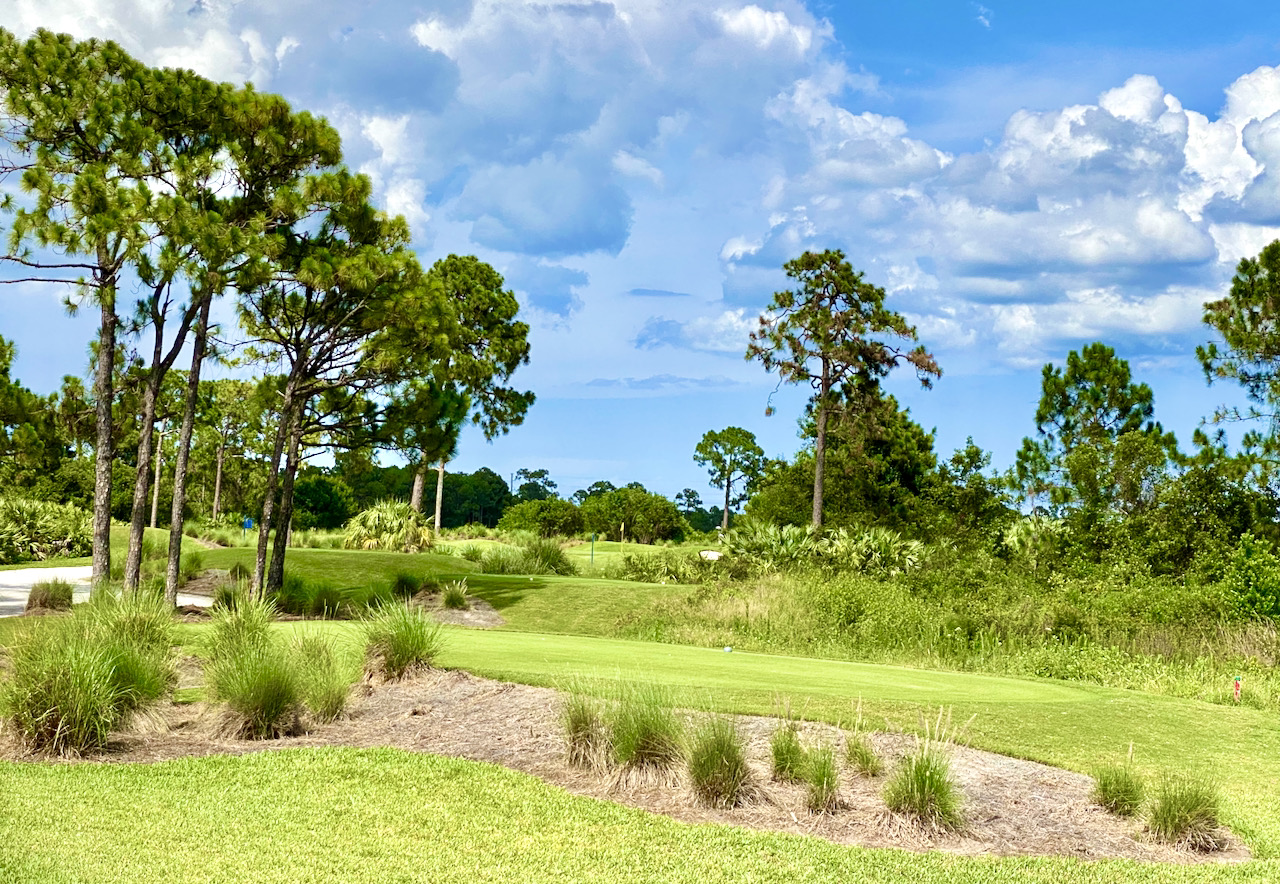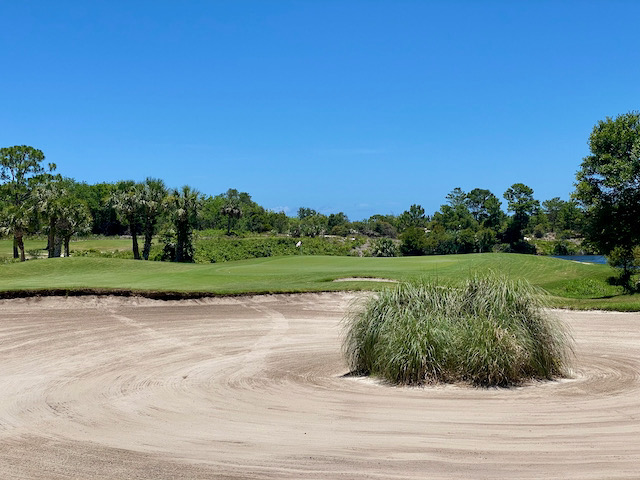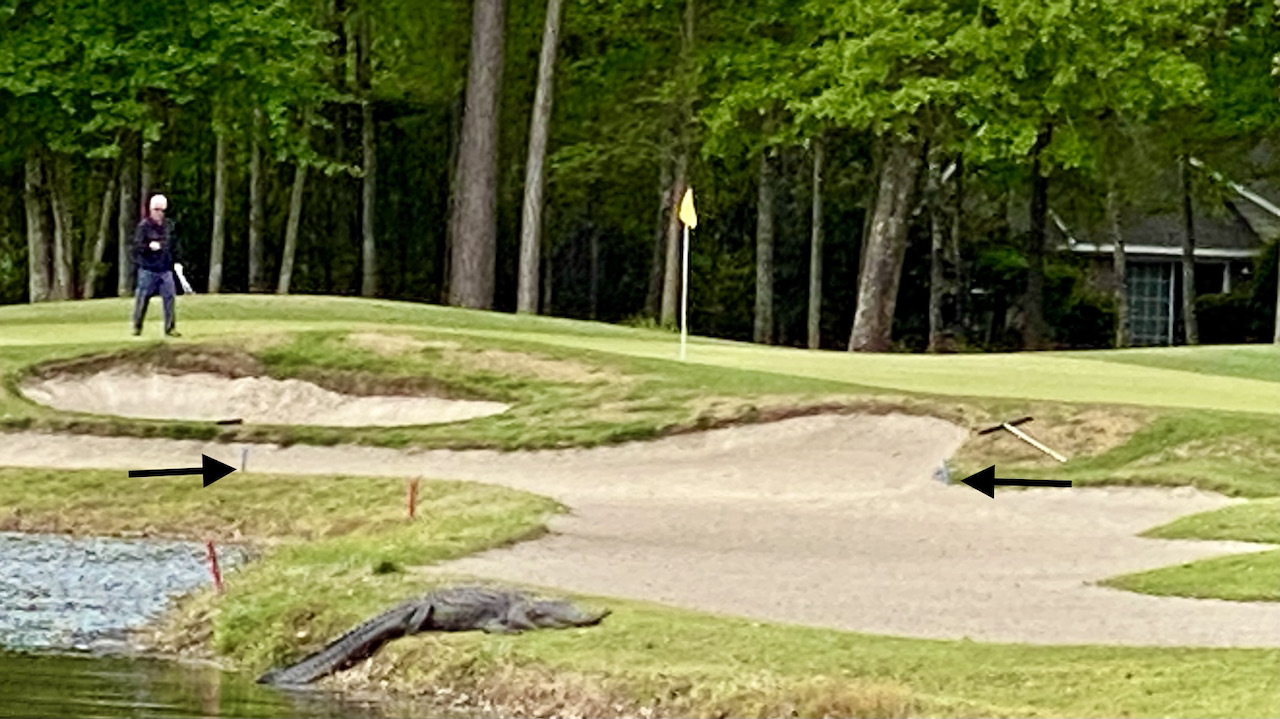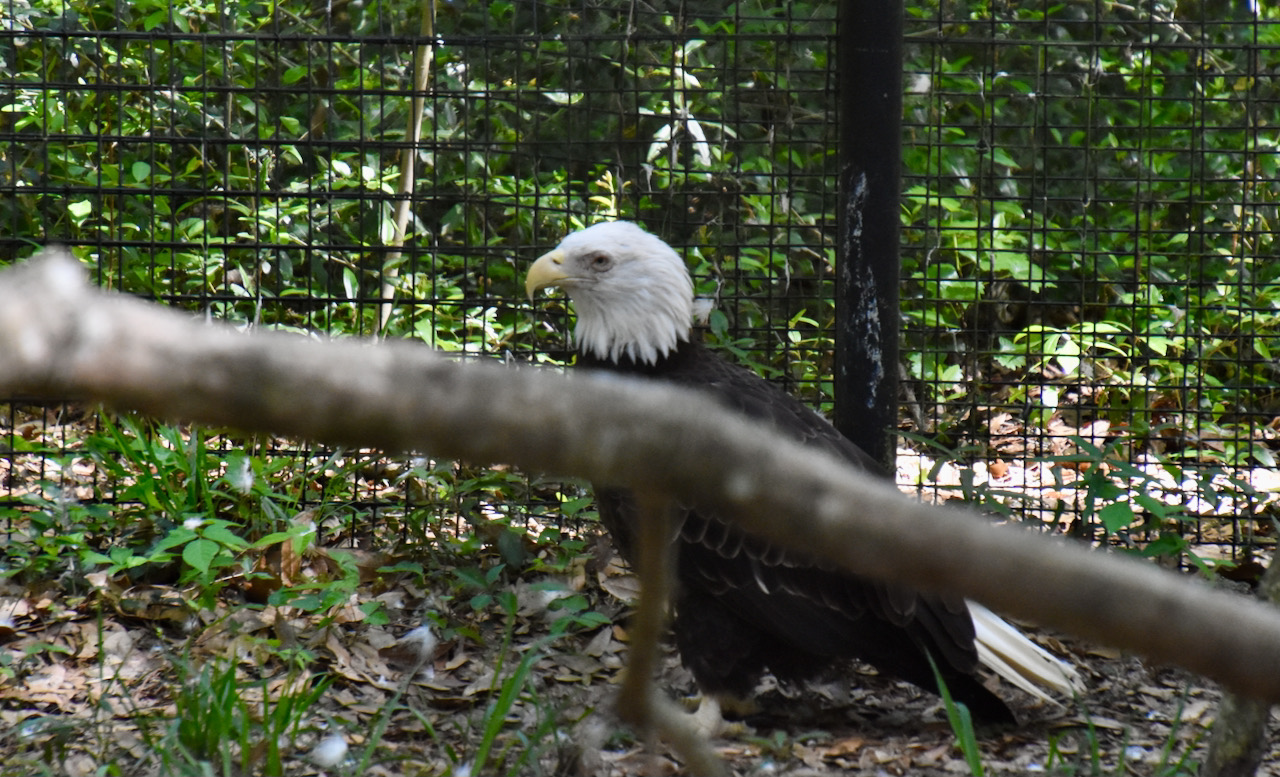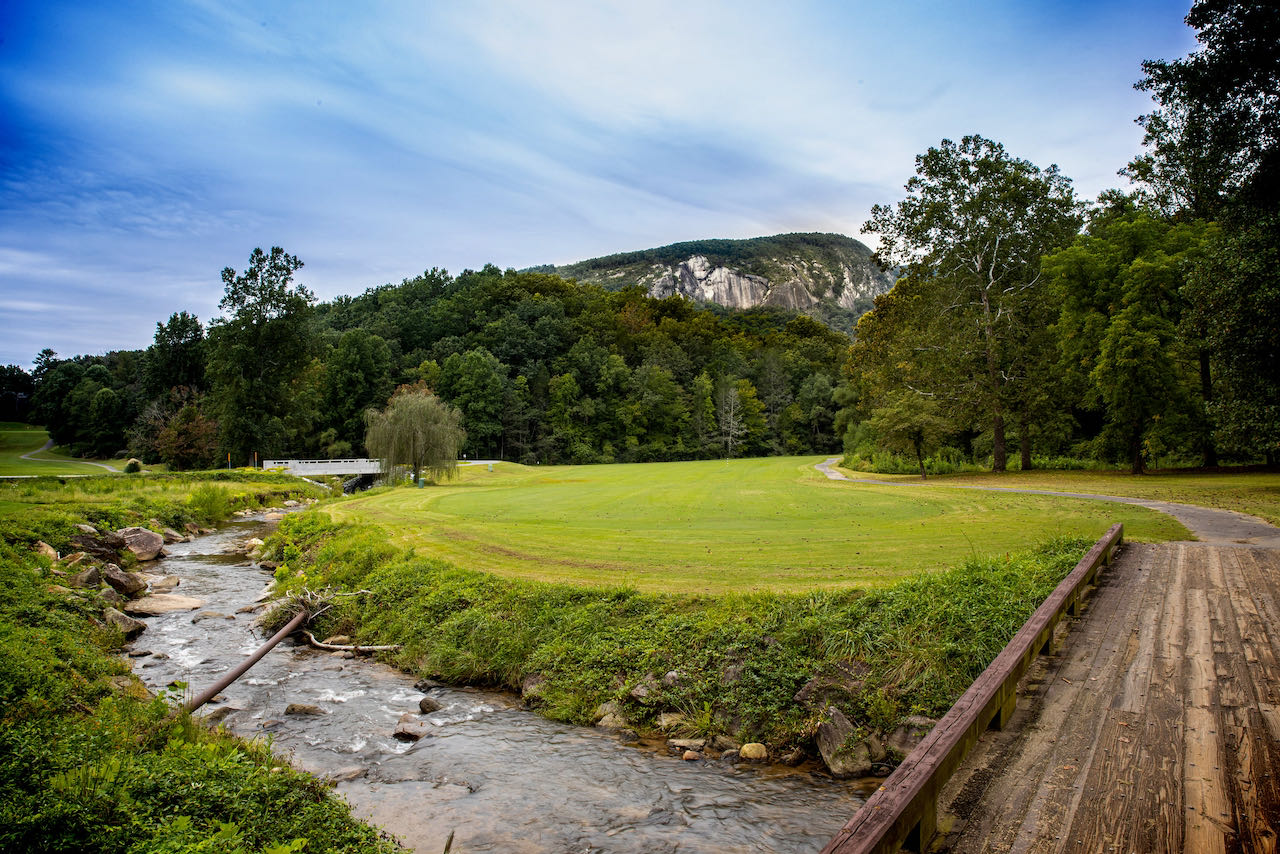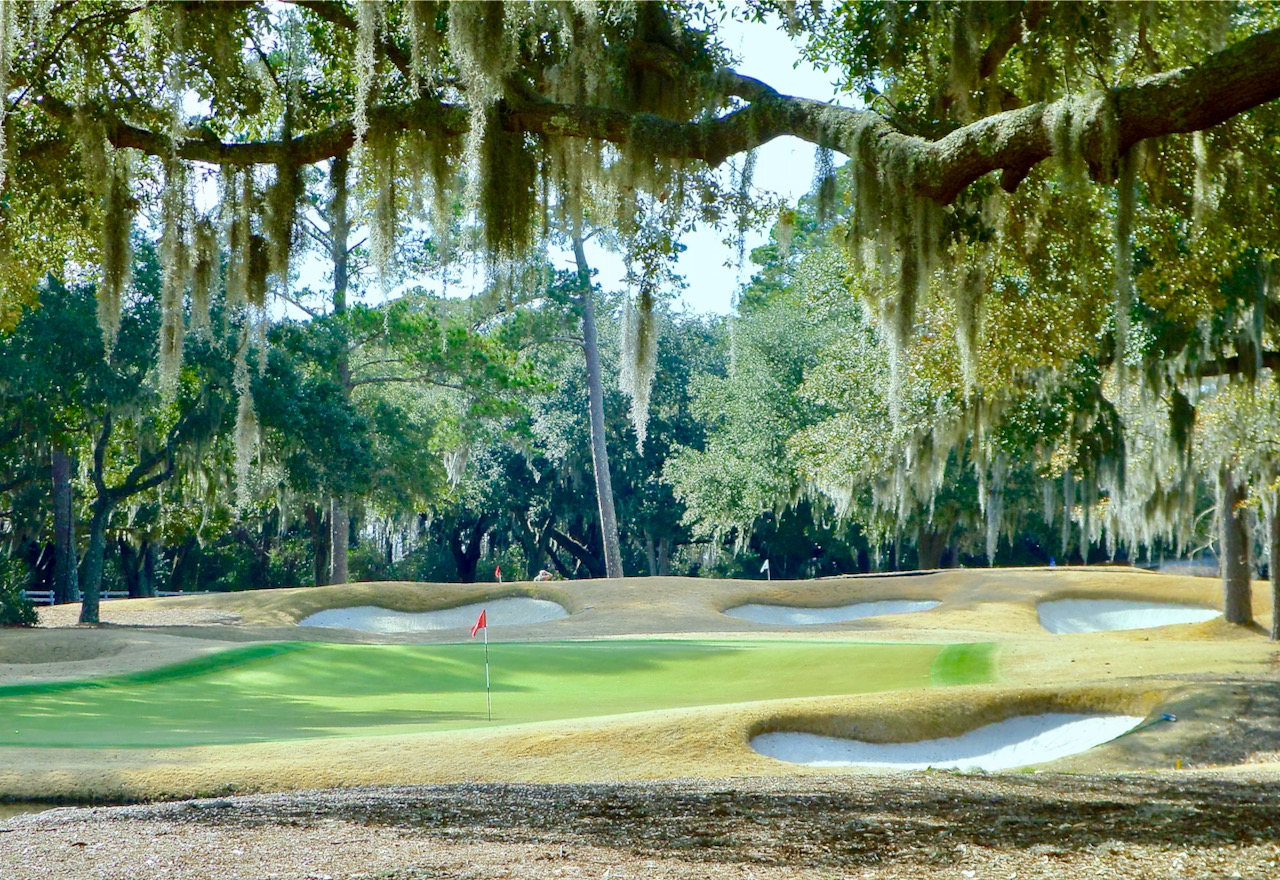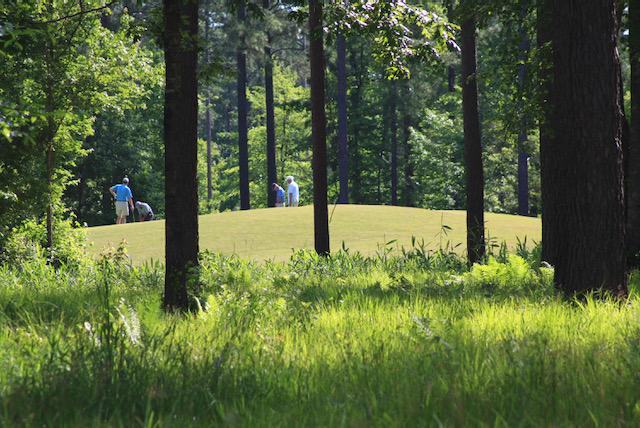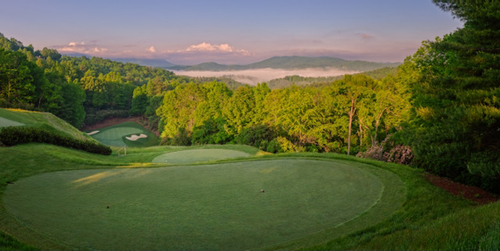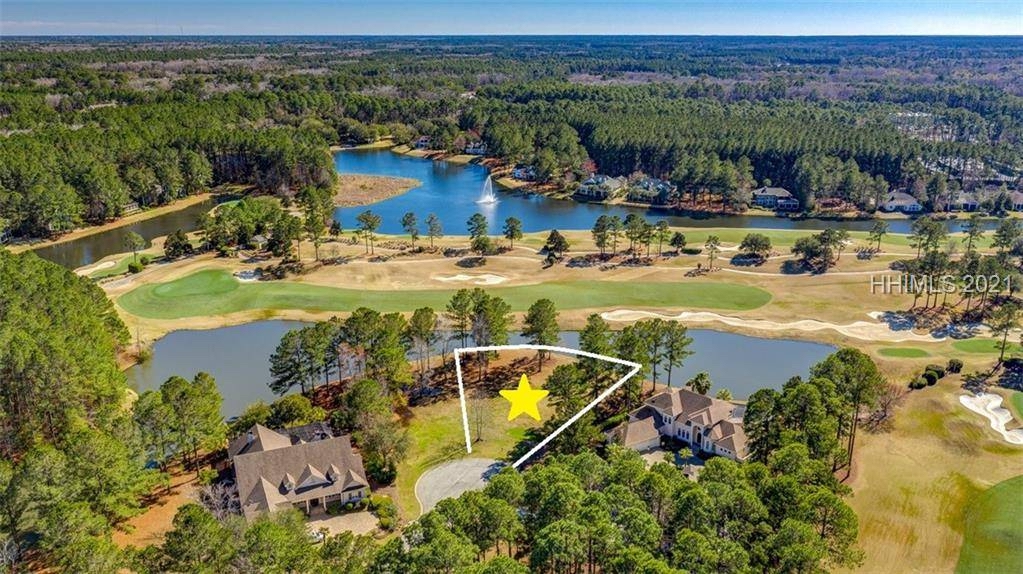Bradley Klein is the respected golf course reviewer for Golfweek magazine, and he recently made a tour of Cape Fear National, the one year old course in the Leland, NC, community of Brunswick Forest. Leland is just 10 minutes from downtown Wilmington, NC. Brunswick Forest has suffered few of the problems of other communities up and down the coast and, indeed, the community's sales agents like to boast that it is the fastest selling golf community on the east coast. I believe it, based on visual evidence when I visited (much construction underway). If you would like to check out Brunswick Forest, you can start with a current listing of golf homes for sale in the community, at GolfHomesListed.com.
The golf course certainly cannot be hurting sales. When I played it earlier this year, I found it challenging, enjoyable and a delight for the eyes, with much care taken with the landscaping around the course. (Designer Tim Cate is a landscape artist by training.) You can read my review by clicking here.
Mr. Klein seemed only slightly less impressed. You can read his fair and detailed review at Golfweek's web site.

The 12th hole at Cape Fear National. Photo by L. Gavrich




